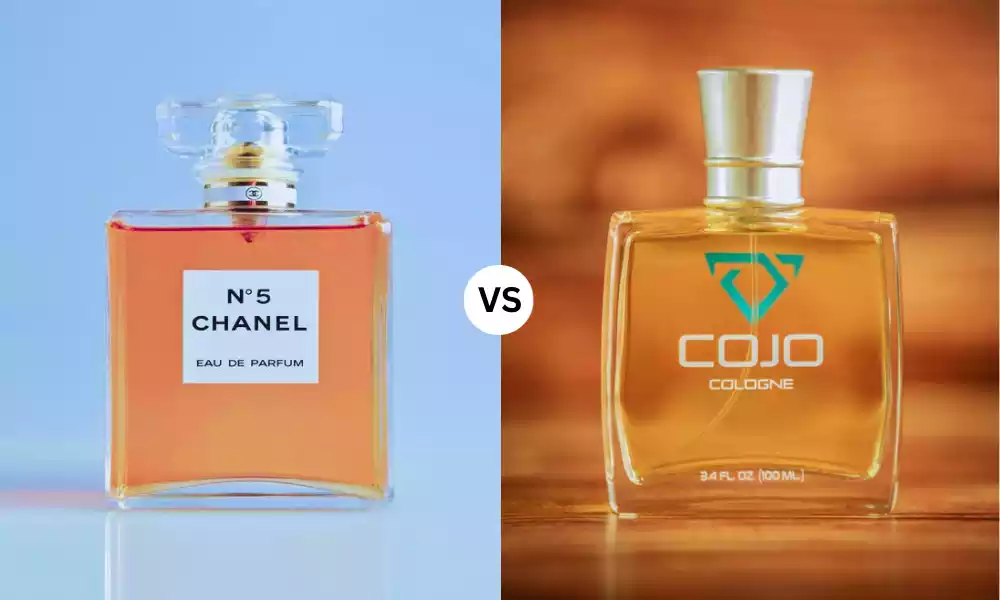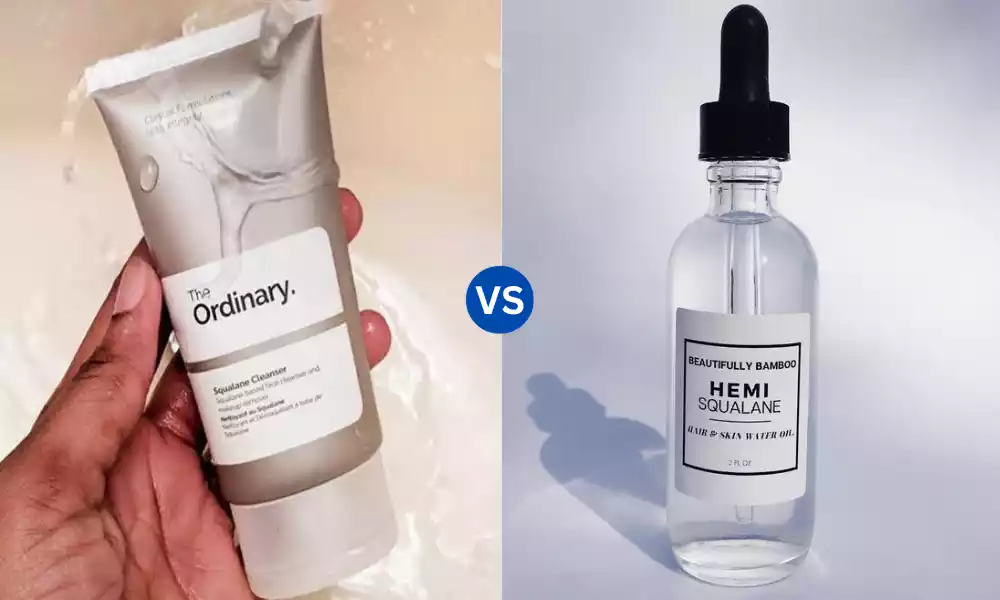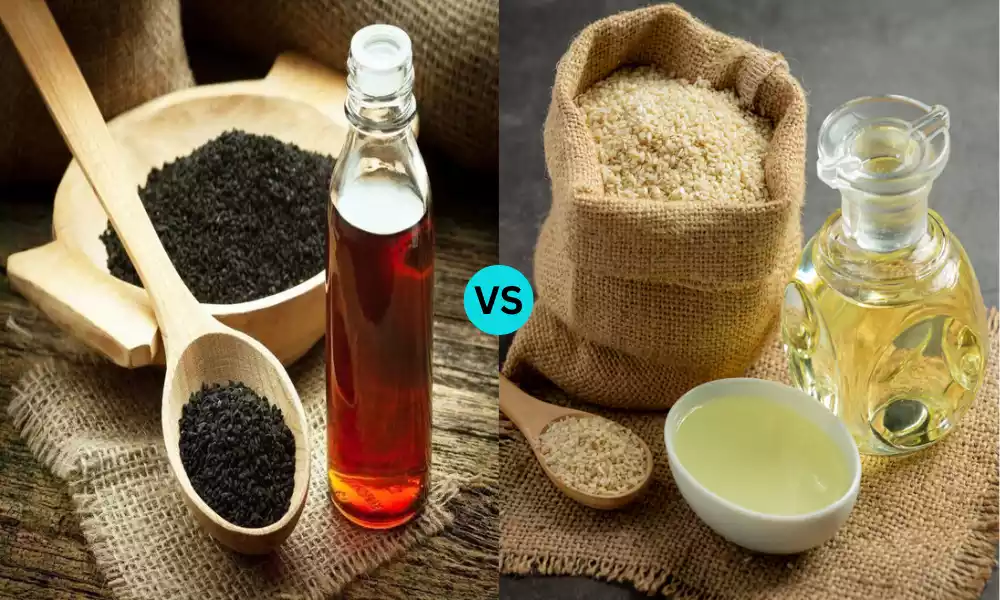Perfume and Cologne are fragrant products that have played a significant role in human culture for centuries. Perfume, with its rich history dating back to ancient civilizations, is a concentrated aromatic liquid known for its complex and long-lasting scent. In contrast, cologne, derived from the city of Cologne, Germany, in the 18th century, is a lighter and more refreshing scented water, traditionally favored for its daily use and invigorating qualities. Both fragrance types have evolved over time and continue to be integral to personal grooming, self-expression, and luxury in today’s world.
Historical Significance of Perfume and Cologne
Perfume and cologne have a rich historical significance that dates back thousands of years. Here’s an overview of their historical importance:
Perfume:
- Ancient Origins: The use of perfume dates back to ancient civilizations. The word “perfume” itself comes from the Latin term “per fumum,” meaning “through smoke.” Early perfumes were often derived from natural substances like flowers, spices, and resins and were used in religious rituals, as well as for personal adornment.
- Egyptian Perfumery: In ancient Egypt, perfume played a significant role in daily life and rituals. Egyptians are credited with developing some of the earliest methods for extracting essential oils from plants and creating intricate scents. Perfume bottles and containers were often highly decorative and were considered works of art.
- Greek and Roman Influence: The Greeks and Romans adopted the use of perfume from the Egyptians. They used perfume not only for personal hygiene but also as a symbol of status and luxury. Perfume was often associated with gods and goddesses in mythology.
- Medieval and Renaissance Europe: Perfume-making techniques spread to Europe during the Middle Ages, where they were refined and adapted. During the Renaissance, Italy became a center for perfume production, with the city of Grasse in France later becoming famous for its production of essential oils and fragrances.
- Modern Perfumery: The modern perfume industry began to take shape in the 19th century with the development of synthetic fragrances. Perfume houses such as Chanel, Guerlain, and Dior became prominent, creating iconic fragrances that continue to be popular today.
Cologne:
- Origins in Cologne, Germany: Cologne, as a term, is derived from the city of Cologne, Germany, where it was first developed in the 18th century by an Italian perfumer named Johann Maria Farina. He created a scented water known as “Eau de Cologne” that gained immense popularity for its refreshing and invigorating qualities.
- Royal Patronage: Eau de Cologne quickly gained favor with European royalty and aristocracy. Its light and citrusy scent made it a popular choice for personal grooming and was favored by notable figures such as Napoleon Bonaparte and Queen Victoria.
- Expansion and Influence: The success of Eau de Cologne led to the establishment of numerous cologne houses in Cologne and elsewhere. Cologne-style fragrances became synonymous with light, refreshing scents suitable for daily use.
- Unisex Appeal: While cologne was initially marketed as a men’s fragrance, it eventually gained popularity among women, and today, many colognes are considered unisex.
Perfume and cologne have a long and culturally significant history. They have been used for religious, aesthetic, and personal purposes across various civilizations and continue to be important elements of personal grooming, self-expression, and luxury in the modern world.
Definition of Perfume
Perfume is a fragrant liquid substance made from a combination of aromatic compounds, essential oils, solvents, and fixatives. It is primarily designed to emit a pleasant and lasting scent when applied to the skin or clothing. Perfume is known for its ability to provide a long-lasting and concentrated fragrance, typically characterized by complex and layered notes that evolve over time.
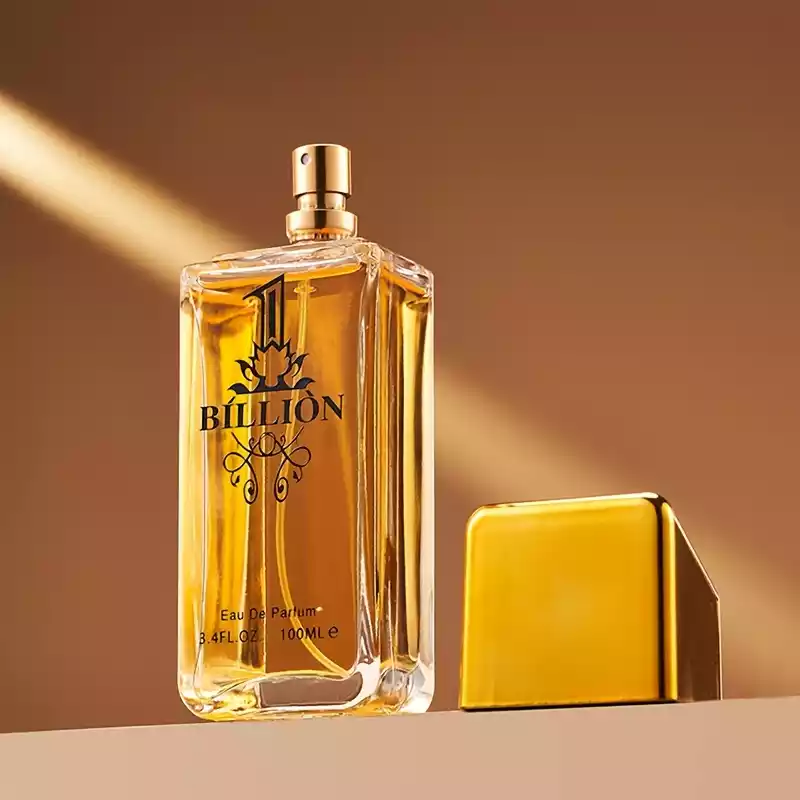
It is often associated with luxury, personal grooming, and enhancing one’s overall scent or aroma. Perfumes come in various concentrations, with eau de parfum and pure perfume (parfum) being some of the most potent and long-lasting varieties.
Definition of Cologne
Cologne, also known as eau de cologne, is a scented liquid product that is primarily used as a fragrant body splash or spray. It typically contains a lower concentration of aromatic compounds and essential oils compared to perfumes. Cologne is designed to provide a light and refreshing fragrance when applied to the skin, making it suitable for everyday use and casual occasions.
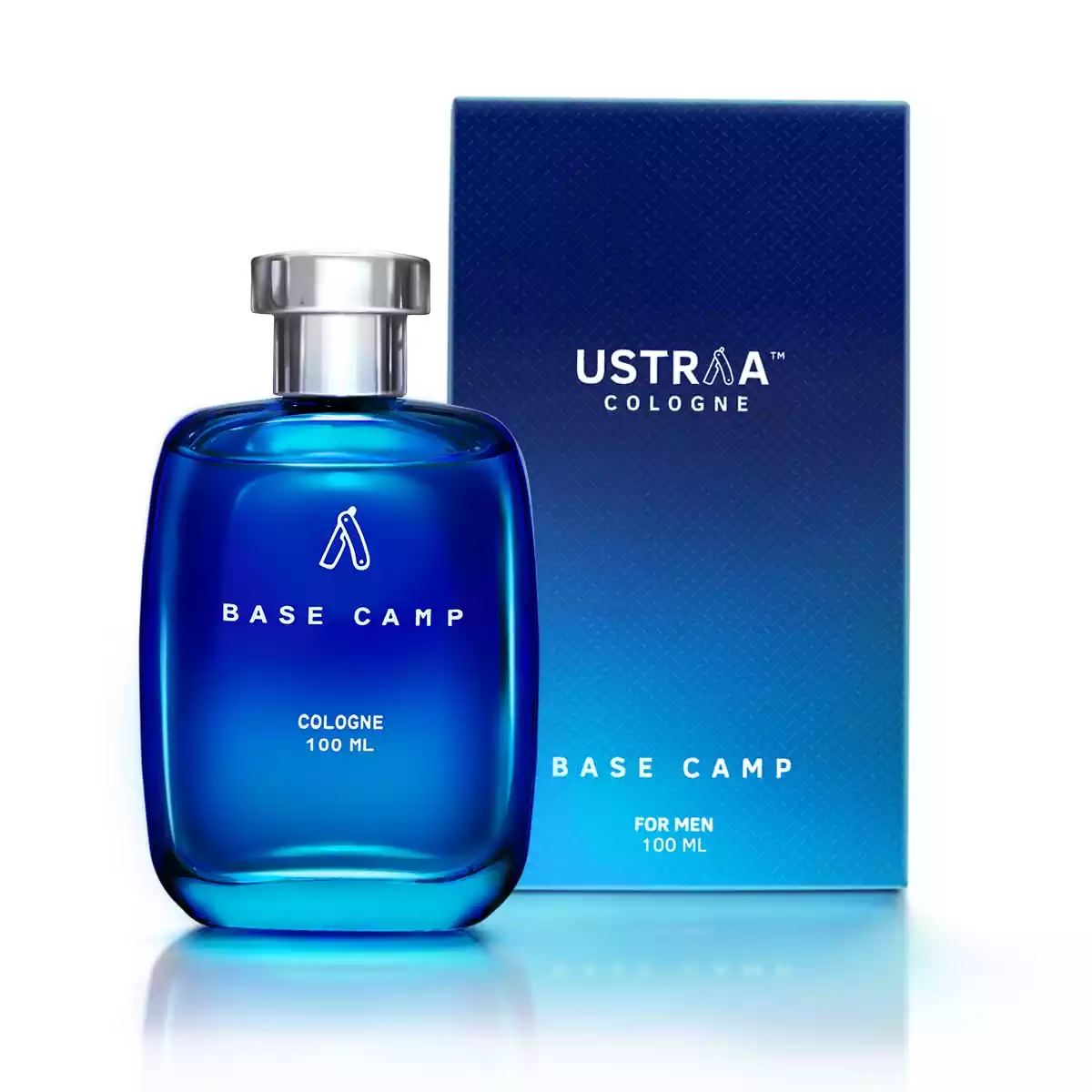
It often features simpler and fresher scent notes, which give a more subtle and shorter-lasting aroma compared to perfumes. Cologne is named after the city of Cologne, Germany, where it was first developed in the 18th century by an Italian perfumer named Johann Maria Farina. It is generally more affordable than perfumes due to its lower concentration of aromatic ingredients.
Comparison Table of Perfume and Cologne
Here’s a comparison table highlighting the key differences between perfume and cologne:
| Aspect | Perfume | Cologne |
|---|---|---|
| Concentration of Aromatic Oils | High | Lower |
| Alcohol Content | High | Moderate |
| Water Content | Low | Higher |
| Scent Intensity | Strong and long-lasting | Lighter and shorter-lasting |
| Application | Applied to pulse points | Applied liberally to body and clothing |
| Occasions | Evening, formal occasions | Daytime, casual wear |
| Packaging and Pricing | Smaller, often elegant bottles | Larger bottles, more affordable |
| Gender Preferences | Popular among both genders | Traditionally associated with men, but unisex options exist |
| Fragrance Notes | Complex, layered notes | Simpler, fresher notes |
| Longevity | Lasts 6-12 hours or more | Lasts 2-4 hours |
| Popular Brands/Examples | Chanel No. 5, Dior J’adore | Acqua di Gio, Old Spice Original |
| Overall Use | Luxury, formal, romantic | Everyday, sports activities |
Keep in mind that these are general characteristics, and there can be variations within both perfume and cologne categories based on the specific product and brand. Personal preference and the desired level of fragrance intensity should guide your choice between perfume and cologne.
Components of Perfume and Cologne
Perfume and cologne consist of various components that work together to create their distinctive scents. They can be divided into four groups:
- Fragrance Oils (Aromatic Compounds): Fragrance oils are the heart of any perfume or cologne. These oils are responsible for the scent and are usually derived from natural sources, such as flowers, fruits, spices, woods, resins, or synthetic compounds. The specific combination of fragrance oils determines the overall aroma of the product.
- Alcohol: Alcohol serves as the solvent in both perfume and cologne. It helps to dissolve and dilute the fragrance oils, making them easier to apply and ensuring even distribution when sprayed or dabbed onto the skin. Ethanol (ethyl alcohol) is commonly used in the perfume industry.
- Water: Water is sometimes added to the formulation to adjust the concentration and intensity of the fragrance. In some cases, especially for eau de toilette or eau de cologne varieties, water makes up a more significant portion of the mixture, resulting in a lighter scent.
- Fixatives: Fixatives are ingredients that help stabilize and preserve the fragrance, prolonging its longevity. They can include natural substances like resins or synthetic chemicals. Fixatives also aid in enhancing the overall scent by preventing the rapid evaporation of the fragrance oils.
Some perfumes and colognes may contain other optional ingredients, such as:
- Colorants: These are added to give the product a particular hue, although most fragrances are clear.
- Emollients: In some formulations, emollients like oils or glycerin may be included to add a moisturizing effect to the skin.
- Preservatives: To extend shelf life and prevent microbial growth, preservatives may be added.
- Additional Notes: Perfumes and colognes often feature top, middle, and base notes, which are specific fragrances that reveal themselves over time. These notes add complexity and depth to the overall scent profile.
The exact composition and ratio of these components vary depending on the type of fragrance, its concentration (e.g., eau de parfum, eau de toilette, eau de cologne), and the preferences of the perfumer or manufacturer. Perfumes typically contain a higher concentration of fragrance oils than colognes, making them more potent and longer-lasting
How is Making Perfume and Cologne
Making perfume and cologne is a complex and highly specialized process that involves precise measurements, careful ingredient selection, and skilled perfumers. Here’s a simplified overview of the steps involved in creating these fragrances:
1. Ingredient Selection:
- Perfumers start by selecting a combination of fragrance oils, which can be derived from natural sources (flowers, fruits, spices, woods, etc.) or synthetic compounds.
- The choice of ingredients depends on the desired scent profile and the fragrance’s intended market.
2. Blending Fragrance Oils:
- Perfumers carefully blend different fragrance oils to achieve the desired scent. These oils are mixed in precise proportions, creating a complex and layered aroma.
- The blending process can be artistic and relies on the perfumer’s expertise in balancing various notes.
3. Dilution with Alcohol:
- The blended fragrance oils are diluted with alcohol (typically ethanol) to create a more user-friendly and spreadable product.
- The amount of alcohol used can vary, with higher concentrations resulting in stronger perfumes and lower concentrations for lighter colognes.
4. Aging and Maturation:
- The fragrance mixture is allowed to age and mature for a period of time, which can range from several weeks to several months.
- During this time, the fragrance develops and the various scent components meld together, resulting in a more harmonious scent.
5. Quality Control:
- Rigorous quality control measures are applied to ensure that the fragrance meets the desired standards in terms of scent, consistency, and stability.
6. Filtering and Clarification:
- The fragrance may undergo filtration and clarification processes to remove any impurities or particulate matter.
7. Bottling and Packaging:
- Once the fragrance is deemed ready, it is bottled in containers designed to protect it from light and air, which can degrade the scent over time.
- The packaging often includes labeling with information about the fragrance, including its name, brand, and ingredients.
8. Regulatory Compliance:
- Perfume and cologne products must adhere to regulatory guidelines regarding ingredients, labeling, and safety standards. Perfume manufacturers must comply with relevant laws and regulations in their respective countries.
9. Market Release:
- The finished perfume or cologne is ready for distribution and sale. It can be marketed to various demographics, genders, and age groups depending on the fragrance’s characteristics.
10. Marketing and Promotion:
- Perfume and cologne brands invest heavily in marketing and promotion to create brand awareness and attract customers.
Creating a unique and memorable fragrance requires a deep understanding of fragrance chemistry, as well as artistic sensibilities. Professional perfumers, often referred to as “noses,” undergo extensive training and education to develop these skills, and the process can be highly secretive to protect the formulas of proprietary scents.
Popular Perfume and Cologne Brands
Here are some popular perfume and cologne brands known for their quality and signature fragrances:
Perfume Brands:
- Chanel: Known for iconic fragrances like Chanel No. 5 and Coco Mademoiselle.
- Dior: Famous for scents like J’adore and Miss Dior.
- Gucci: Offers a range of fragrances including Gucci Bloom and Guilty.
- Yves Saint Laurent (YSL): Known for fragrances like Black Opium and Mon Paris.
- Versace: Famous for scents like Versace Bright Crystal and Eros.
- Tom Ford: Offers a range of luxurious fragrances, including Black Orchid and Tobacco Vanille.
- Marc Jacobs: Known for Daisy and Decadence.
- Jo Malone: Offers a variety of unique scents that can be layered to create custom fragrances.
- Hermès: Known for fragrances like Terre d’Hermès and Twilly d’Hermès.
- Prada: Famous for scents like Prada Candy and Infusion d’Iris.
Cologne Brands:
- Acqua di Parma: Known for its classic Colonia scent and other high-quality colognes.
- Creed: Famous for fragrances like Aventus and Silver Mountain Water.
- Bleu de Chanel: A line of men’s colognes by Chanel, with Bleu de Chanel being a standout.
- Ralph Lauren: Offers a variety of colognes, including Polo Blue and Polo Red.
- Calvin Klein: Known for fragrances like CK One and Eternity for Men.
- Issey Miyake: Famous for L’Eau d’Issey Pour Homme and L’Eau d’Issey for women.
- Giorgio Armani: Offers popular colognes like Acqua di Giò and Armani Code.
- Dolce & Gabbana: Known for fragrances like Light Blue and The One for Men.
- John Varvatos: Famous for unique scents like John Varvatos Artisan and Vintage.
- Bvlgari: Offers a range of colognes, including Bvlgari Man and Bvlgari Aqua.
These are just a few examples, and there are many more perfume and cologne brands available, each with its own unique fragrance offerings to suit different tastes and preferences. When choosing a perfume or cologne, it’s essential to consider your personal style, the occasion, and the notes that resonate with you to find the perfect scent.
Perfume and Cologne as Gifts
Perfume and cologne can make wonderful gifts for a variety of occasions, as they are thoughtful and personal items that can convey a lot of thought and care.
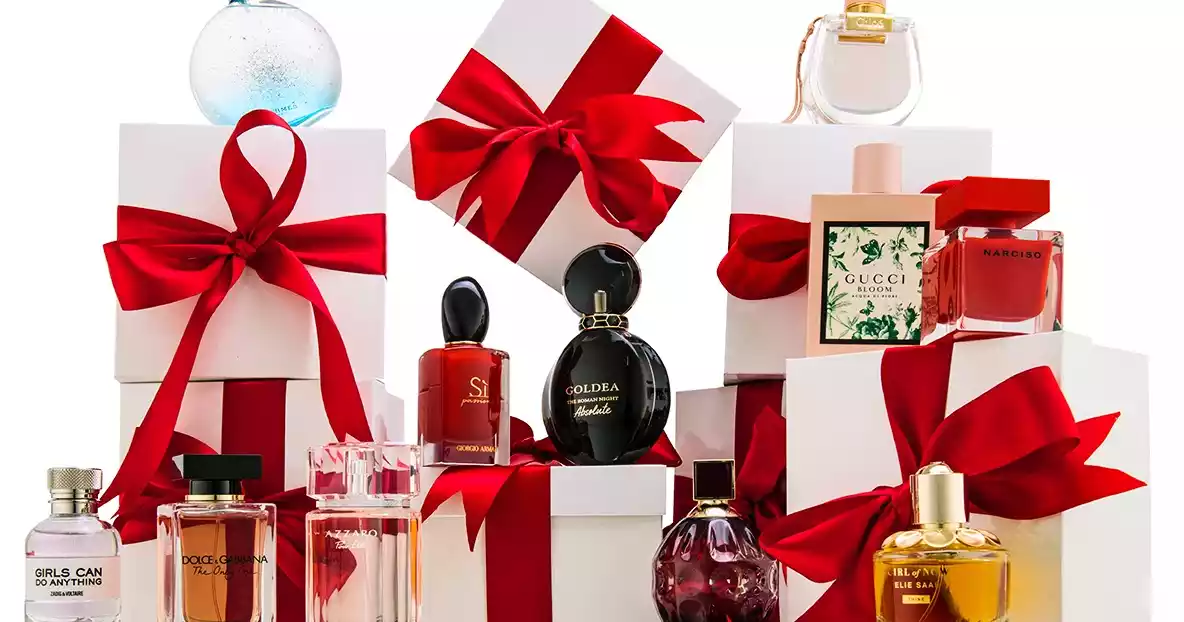
Here are some tips on giving perfume or cologne as gifts:
- Know the Recipient’s Preferences: It’s crucial to consider the recipient’s taste and preferences when choosing a fragrance. Pay attention to any scents they already use or like. Do they prefer floral, woody, citrusy, or spicy scents? This information will help you select a fragrance they are more likely to enjoy.
- Consider the Occasion: Think about the occasion for which you are giving the gift. For a romantic gesture, you might choose a more intimate or sensual fragrance, while for a professional setting, a subtle and clean scent may be more appropriate.
- Research Brands and Fragrances: There are countless perfume and cologne brands and a vast array of scents available. Research reputable brands and read reviews to find fragrances that are well-regarded and have a good longevity.
- Sample Sets: If you’re unsure about the recipient’s preferences or if they are new to wearing fragrances, consider giving them a sample set. These sets often contain a variety of small bottles or vials of different scents, allowing them to explore and choose their favorite.
- Check for Allergies and Sensitivities: Perfumes and colognes contain various ingredients that can trigger allergies or sensitivities. If you’re not sure about the recipient’s sensitivities, it’s a good idea to choose a fragrance with hypoallergenic or natural ingredients.
- Presentation Matters: A well-presented gift adds to its appeal. Many brands offer elegant packaging, and you can also include a personalized note or card to make the gift more special.
- Consider Longevity: Different fragrances have different staying power. Eau de parfum tends to last longer than eau de toilette. Consider the recipient’s lifestyle and whether they prefer a fragrance that lingers or one that’s more subtle.
- Budget: Perfumes and colognes come in a wide price range. Set a budget before shopping to ensure you find a suitable gift without overspending.
- Purchase from Reputable Retailers: Buy from established and reputable retailers or department stores. This ensures you are getting a genuine product, which is important for quality and safety.
- Include a Gift Receipt: In case the recipient would like to exchange the fragrance for a different one or in a different concentration, include a gift receipt to make the process easier.
Remember that giving perfume or cologne as a gift is a personal gesture, and it’s the thought that counts. If you put effort into selecting a fragrance that aligns with the recipient’s tastes and preferences, it can be a thoughtful and appreciated gift.
Buying and Selecting Perfume or Cologne
Certainly, buying and selecting perfume or cologne can be a personal and sometimes challenging process. Here are a few suggestions and ideas to assist with making the best possible decision:
- Know Your Preferences:
- Determine what type of scents you prefer. Do you like floral, fruity, woody, oriental, or fresh scents? Understanding your preferences is crucial.
- Fragrance Notes:
- Learn about fragrance notes: top, middle (heart), and base notes. Different scents unfold over time, so it’s important to consider how a fragrance evolves on your skin.
- Concentration Levels:
- Understand the concentration levels of the fragrance:
- Perfume Extract (Extrait de Parfum): Highest concentration, most potent, and long-lasting.
- Eau de Parfum: A strong concentration with good longevity.
- Eau de Toilette: A lighter concentration suitable for everyday use.
- Eau de Cologne: The lightest concentration, often used as a refreshing splash.
- Understand the concentration levels of the fragrance:
- Occasion and Season:
- Keep in mind the time and place you plan to wear your fragrance. Light, fresh scents are great for daytime and warmer seasons, while heavier, more intense scents work better for evenings and cooler weather.
- Skin Type:
- Fragrances can react differently with your skin. Test a fragrance on your skin to see how it interacts with your body chemistry.
- Sampling and Testing:
- Always try a fragrance before purchasing it. Visit a perfume store and request samples or use tester bottles.
- Apply a small amount to your wrist or inner elbow and allow it to sit for a few hours to evaluate its development.
- Longevity and Sillage:
- Pay attention to how long the fragrance lasts on your skin (longevity) and how far the scent projects (sillage). These factors can vary among fragrances.
- Brand and Perfumer:
- Research the brand and perfumer behind the fragrance. Some brands are known for specific styles or signature scents.
- Price Range:
- Set a budget before shopping for fragrances. High-quality perfumes and colognes come in various price ranges.
- Feedback and Reviews:
- Find reviews and solicit advice from people you know or from online groups. Others’ experiences can offer valuable insights.
- Unique and Signature Scents:
- Consider whether you want a fragrance that is widely recognized or if you prefer a unique scent that sets you apart.
- Storage and Shelf Life:
- Properly store your fragrance to extend its shelf life. Keep an eye out for intense sunlight and extreme temperatures.
- Return Policy:
- Check the store’s return policy in case you change your mind after purchasing.
- Gift Sets:
- Perfume or cologne gift sets often include additional products like shower gel or lotion, making them excellent value.
- Personal Connection:
- Choose a fragrance that resonates with you emotionally or evokes positive memories.
Remember that finding the perfect perfume or cologne may take some time and experimentation. Don’t rush the process, and enjoy the journey of discovering scents that suit your style and personality.
Conclusion
Perfume and Cologne play a multifaceted role in our lives, serving as more than just fragrant accessories. They are expressions of individuality, mood enhancers, and memory triggers. Whether selecting a perfume with intoxicating floral notes for a special evening or a refreshing cologne for everyday use, these scents have the power to leave a lasting impression.
Understanding your preferences, skin chemistry, and the nuances of fragrances ensures that your choice harmonizes with your unique personality and occasions, allowing you to carry an olfactory signature that is uniquely yours.

